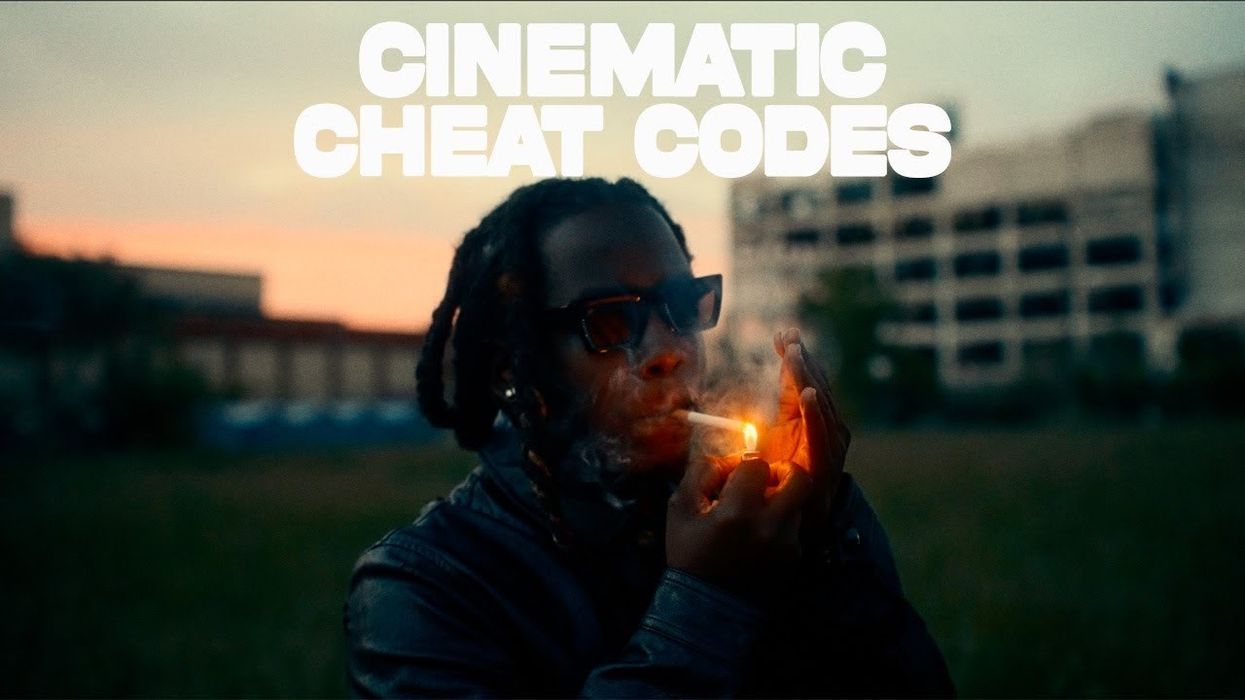3 Cheat Codes You Need To Make Any Video More Cinematic
Tips for making your footage look better and more professional.

As we’ve covered in the past, the term “cinematic” can mean a lot of different things to a lot of different people. However, for those working in film and video, we can tell you to rest assured that there is no word with higher praise or more power than this term.
There’s bad footage, good footage, then cinematic footage at the very top.
But despite our best efforts to define what cinematic means, we will happily report that shooting cinematic footage is always an ongoing process that no filmmaker or cinematographer can ever truly master. In that vein, we’d like to share another great video that provides some helpful insights (or reminders for some) into how to make any of your videos more cinematic with these basic tips—or in this case, cheat codes.
Lighting
As we hear in the intro to this inspirational and educational YouTube video from Vuhlandes, no matter what you’re shooting, “Anything can be cinematic” with the right cheat code tips.
Off the bat, our host dives into perhaps the most important element of cinematography with some great insights into how lighting plays a role in any shot setup and its cinematic potential.
As we’ve covered on the site in the past, there’s a great deal of value to learning the different types of film lights and how to use them. Lighting can do all types of things like add depth, convey emotion, and just overall makes shots more interesting and dynamic.
If you’d like to read up on some more lighting tips and tutorials, check out these resources as well:
- Use This Advanced Technique to Make Your Lighting Instantly Cinematic
- All You Need to Create Stunning Lighting—A Window
- 13 Film Lighting Techniques Every Filmmaker Should Know
You can also check out this other helpful video from Vuhlandes on some easy cinematography tips for working with natural lighting if you don’t have the resources for a lighting setup right now.
Composition
The next element of good cinematography which our host breaks down is composition, which has everything to do with what’s seen and shown in the frame of your image—and the vast amount of theory that can go into a composition. There’s so much to learn and explore here, but the video above does a good job of breaking down the basics.
However, if you truly want to learn the rules of cinematic framing and composition, be sure to check out these additional articles below, too:
- Your Guide to Cinematic Composition, Lighting, and Movement
- Composition for Beginners: What You Need to Know about Framing Up a Shot
- How to Give Characters Power Through Composition
Sound Design
Finally, in an interesting twist, we have our host wrap up his list with the inclusion of sound design. While you might not usually think audio is a key to good cinematography, it’s actually a great point about just how critical soundtrack and sound design are to making those small (or big) moments in a film or video really hit.
Sound design is very much a huge part of the cinematic experience, and as such if you’re putting all of your focus only on what you’re shooting in camera, and not the overall effect and feel of what is ultimately being shown to your audience later, you’re simply missing the point.
As it’s been said many times before, sound design can make or break your video, so if you’d like to master sound in your projects be sure to read these articles also.
- 13 Sound Design Tips to Make Your Film Feel More Cinematic
- Learn the "Art of Sound Design" from Guillermo del Toro's 'Pinocchio' Sound Designer
- Here's How the Sound Design of 'Nope' Creates a "Creditable" Entity
What do you think is the real cheat code for making your videos more cinematic? Let us know your thoughts in the comments below.
















